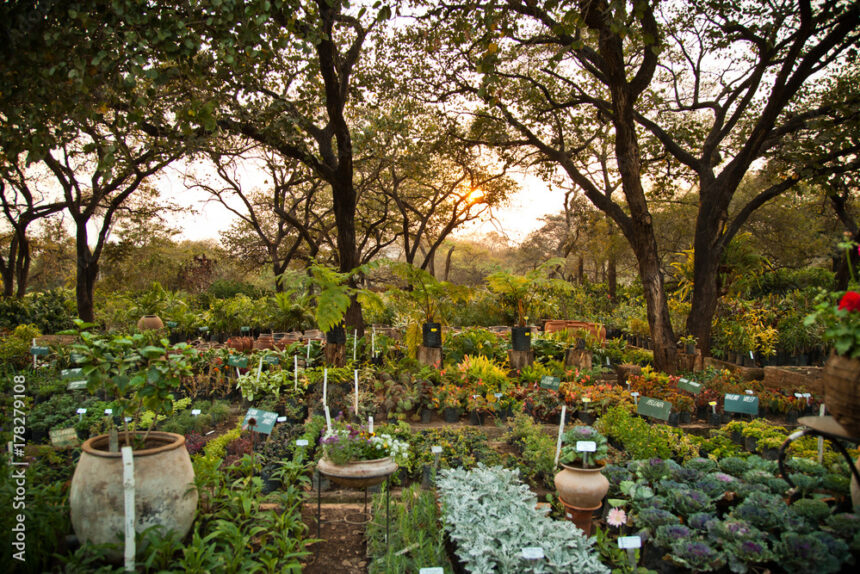Permaculture is a holistic design system that aims to create sustainable and self-sufficient human habitats by mimicking the patterns and principles found in natural ecosystems. Here are ten things you should know about permaculture:
- Ethical Framework:
Permaculture is based on three core ethics: Earth Care, People Care, and Fair Share. These ethics guide the decision-making process and ensure that actions taken in permaculture systems are beneficial for the environment, communities, and future generations. - Design Principles:
Permaculture utilizes a set of design principles to create efficient and resilient systems. These principles include observing and interacting with nature, capturing and storing energy, obtaining a yield, integrating rather than segregating, using small and slow solutions, and valuing diversity. - Mimicking Nature:
Permaculture seeks to understand and replicate the patterns and relationships found in natural ecosystems. By observing how natural systems function, permaculturists aim to design human systems that work in harmony with the environment, fostering biodiversity and enhancing ecological health. - Zones and Sectors:
Permaculture employs the concept of zoning to organize elements within a design based on their frequency of use and their need for attention. Zoning ensures that resources and effort are allocated efficiently. Sectors, on the other hand, consider external influences such as sun, wind, water, and wildlife and integrate them into the design. - Energy Efficiency:
Permaculture emphasizes the importance of reducing energy inputs and increasing energy efficiency. By utilizing passive solar design, maximizing natural light, and employing energy-efficient technologies, permaculture systems aim to minimize reliance on fossil fuels and external energy sources. - Water Management:
Permaculture places great emphasis on water management, including harvesting and storing rainwater, designing swales and ponds to capture and store water, and implementing strategies to minimize water loss through evaporation and runoff. Water is seen as a valuable resource to be conserved and utilized wisely. - Soil Building:
Permaculture recognizes the critical role of healthy soil in supporting productive and resilient ecosystems. Techniques such as composting, mulching, cover cropping, and utilizing organic matter help improve soil fertility, structure, and water-holding capacity. Soil building is essential for long-term sustainability and food production. - Perennial Plants:
Permaculture promotes the use of perennial plants, which have longer lifecycles and require less maintenance compared to annual plants. Perennials provide multiple benefits, such as food production, erosion control, wildlife habitat, and soil stabilization. They are an integral part of creating self-sustaining systems. - Diversity and Resilience:
Permaculture recognizes the value of diversity in ecosystems. By incorporating diverse plant species, animals, and beneficial insects, permaculture systems enhance resilience and reduce the risk of crop failure due to pests, diseases, or extreme weather events. - Community and Education:
Permaculture is not just about designing landscapes; it also promotes community engagement and education. Permaculture principles and practices can be applied in urban, suburban, and rural settings, fostering local resilience and empowering communities to take an active role in sustainable living.
These ten points provide a glimpse into the world of permaculture, but there is much more to explore. Permaculture is a dynamic and evolving field that encourages creative problem-solving and the integration of new knowledge to create regenerative systems for a sustainable future.
Join 'Farmers Mag' WhatsApp Channel
Get the latest Farming news and tips delivered straight to your WhatsApp
CLICK HERE TO JOIN






